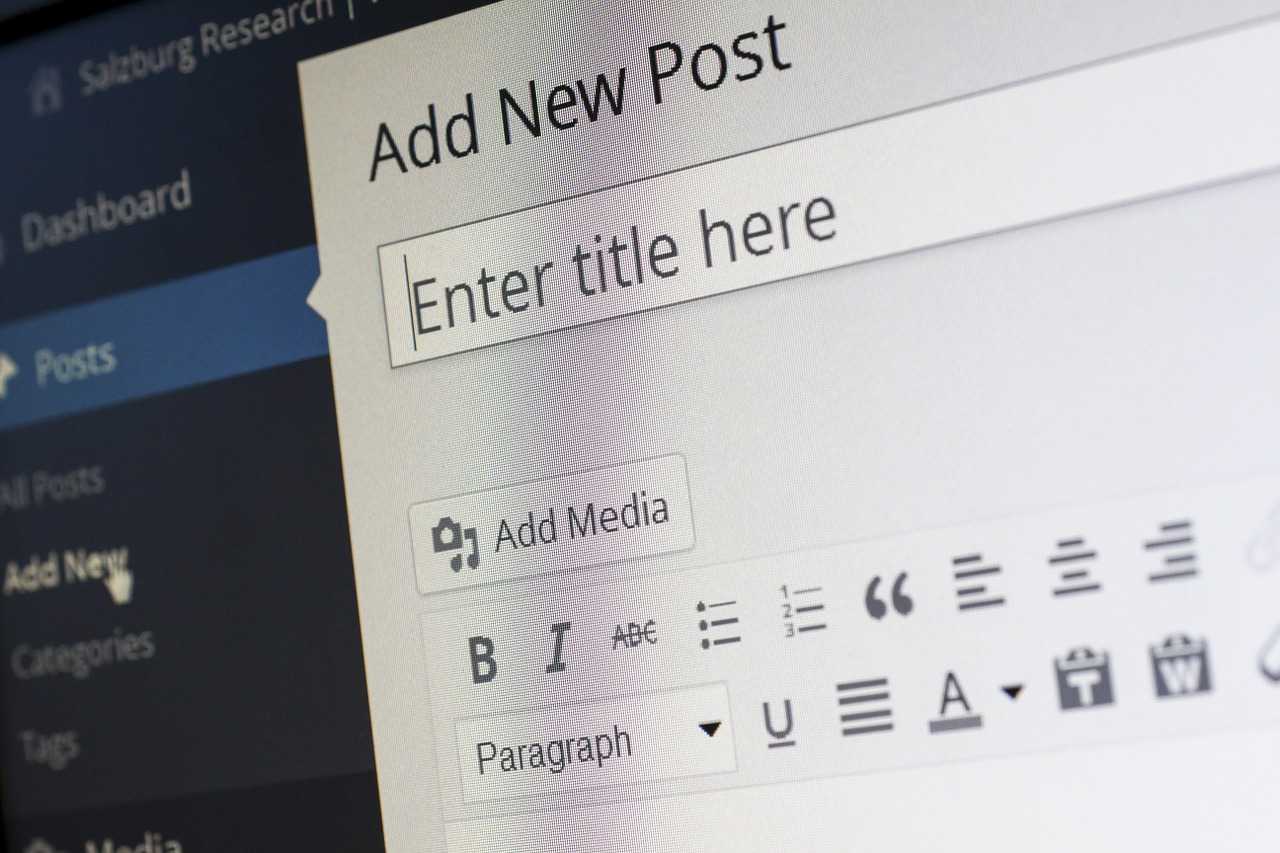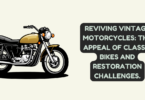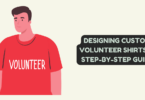
Important Steps of Designing a WordPress Site from Scratch
I’m sure you already know you like seeing a good website.
You’re not the only one. Since you know that, you’d love to get yourself out there.
Whether you’re an entrepreneur, an artist, or a business owner, you know that if you’re still not out there, you better get there at your own pace, perhaps, but at a quick pace.
“A successful website does three things:
It attracts the right kinds of visitors.
Guides them to the main services or products you offer.
Collect Contact details for ongoing future relations.”
~ Mohamed Saad
Tek Savi? Who’s that?
Imagine talking to a friend who’s already been running his business for what seems like ages. They might have said something along the lines of: “I’m just not that tech-savvy, you know?”
You’ve heard that before, yet you can’t help but wonder: “What does that even mean?”
“I explained to the guy exactly what I thought. They did what I said, and nothing is like I imagined!” your friend continues: “The worst part is, every time I need to put new stuff out there or change something, I need them to do it for me.”
You think to yourself: “Man, I learned and did a lot of difficult things in my life. How difficult could it be? Don’t you need to want to, before you do?“
Whoever you may be, if what I described is even vaguely true, and you’re reading this: We’re glad to have you with us.
How can I do it though, what’s the easiest way?
As research suggests, 41% of global websites are WordPress websites. Talk about presence.
Those aren’t some unknown websites. Looking globally again, WordPress is the foundation on which 14.7% of the world’s leading websites are built upon.
Considering we’re talking about a platform that can be tamed progressively by complete newbies to web design, it’s understandable why someone new’d like to get the hang of it.
As the top New York website design agencies would tell you, it’s powerful. Of course, most are hoping people won’t jump on this so easily. But, thanks to the resources available online and your will to absorb them, they might be having some knee trembles from time to time.
How do we do it?
You might want to start with naming your website. That’s a bit more than a “might.”
Even though this is probably the most fun part of the process, it could be one of the trickier. At least if you’d like a catchy name that’s brief and easy to associate with what people search for.
Why’s that tricky? Well, given that there 2 billion websites up and running, we can suppose that somebody, somewhere, tried thinking the same way you do.
Of course, you don’t have to have a catchy slogan. A little piece of wordplay might fit into your domain name, and if it doesn’t, it’s alright. Uniqueness doesn’t have to be a marketing gimmick.
It can simply be directly related to you, something relatable to who you are, or what you do.
The domain name will actually be the first cost, heck, maybe even the only cost you encounter while making a WordPress website. We didn’t mention it, but you probably knew – WordPress is a free platform. So then, where does the cost come from, you might wonder?
It’s simple, really. In layman terms, WordPress enables you to make the website, but hosting on a server is a different service. A service towards which WordPress can point you but does not provide itself.
You can find multiple WordPress-recommended hosting providers, among which you’re free to find the best offer for you.
Getting to know the UI
After logging into WordPress successfully, you’ll be face-to-face with the interface that’s the product of countless optimizations, all to make it intuitive and easy to navigate for your sake, the user.
When that welcome message greets you, welcome it back (you can even say “welcome” softly and silently, for acknowledgment’s sake), and observe closely. It’ll show some of the most important areas in the admin panel, and these are the links through which you go about making your website.
The UI was set up to let you know where you are with your site, as in, what’s going on with it, and what’s the overall status.
From here, you’ll be able to see all the good stuff on your left-hand side: Posts, Media, Pages. You’ll be able to follow Comments, set up the Appearance of the website, and install Plugins. We’ll go to them in a minute.
You’ll also be able to overlook Users, and use the general Settings so you’d tweak everything to your liking.You can, and really, really should use the Settings to:
- Set permalinks (example.com/about, that kind of stuff)
- Make your site public (when you deem it’s ready)
- Set your website title and tagline (these will be showing throughout the site)
- Allow or disable comments (choose to interact, or save yourself the hassle)
- Set your time zone (so you’d be in sync with yourself and others)
Easy pickings – creplicate
Create. Replicate. Creplicate.
Plagiarism is a serious breach of the code of conduct whenever it’s spotted. Be it academia or stand-up comedy, if someone has brought up a complex hypothesis or described a situation in a way that got everyone fighting for their breath with laughter, it’s theirs.
These are complex observations that are a byproduct of long thought, prerequisite knowledge. The ones whose creation they are earned calling it theirs.
On the complete opposite, yet supportive of this analogy, if you see an incredible painting by Leonardo Da Vinci, you can get incredibly inspired by it and might just pick up the brush.
However, the fact you have it in your hand doesn’t necessarily mean you’ll be able to replicate The Last Supper. You might start, you might do similarly, but it’s just not the same. Who knows, maybe it’s more of a Rothko. Different, yet stunning still.
The point is, using the same platform is only beneficial to the fact that you’re free to use what you’ve noticed, figured out, or plain out wanted to “steal” from any website in existence, even your competitors.
To be truly inspired, to create something unseen, totally beyond imagination’s realm, one must go above and beyond and envision a color that no one has, nor can see.
Designing a website is not such a case. Feel free to see what you like, and try adapting that to what you want to relay to your visitors. And oh, since you’ve learned to do this on your own, you’ll be easily able to change anything later.
Create basic pages
These need to be your base. That’s not even a pun; it’s just lame, you might be thinking.
True, yet for quick navigation, a tremendous number of users will be already expecting some basic, enthroned pages.
Here they’ll be able to get to know, firsthand, About you and your effort or organization, how to Contact you, which Services you provide, see a Gallery of photos and videos about what you do and who you are… You get my drift.
Read on to see what’ll make your website complete. After all, the future of service is digital.
You know you best, can you present yourself best?
Sure, there are some things about your business or skill which you know better than anyone.
However, the subjective view might be better presented to your future visitors by some else. That someone can write, illustrate, animate, and appeal to your customers much better.
Using the expertise that applies to presentation, they’ll take your D- assignment and reproduce it to at least a B+. If you choose your collaborator-for-hire well, who knows, you might even build a relationship that will earn you straight A’s.
It only works once you plug it in
WordPress works; yes, no need to plug it.
Yes, if you use additional plugins, you’ll receive the benefit of extended functionalities which weren’t available but sure can be useful.
Thing about the plugins as being the apps that you use on your phone. You get your set of default apps, and they let you do what you might need immediately after you unbox your device.
Luckily, on top of that, you’re free to download and thus implement any specific functionality which you find suitable.
With plugins, you can track your data better, optimize images and other content, increase security (can’t recommend this enough), make automatic back-ups, and so on, and so forth.
Conclusion: Yes, we can!
We’ve gone over this in the very beginning – you want to.
Where there’s a will, there’s a way. So even with the concepts briefly laid out above, you already know there’s a lot of ground to cover.
To you, that’s a good thing. You get to explore new territory, rule new lands, assert yourself through sheer persistence, a winning attitude, and a lot of try and error. Well, more try than error.
Plenty of employers and self-driven people swear by the importance of their attitude. To make this clear, it’s a can-do attitude. As since they can, and you can, that can only mean one thing.
Can we make a website alone? Yes, we can!
Author bio:
Tomas is a digital marketing specialist and a freelance blogger. His work is focusing on new web tech trends and digital voice distribution across different channels.






